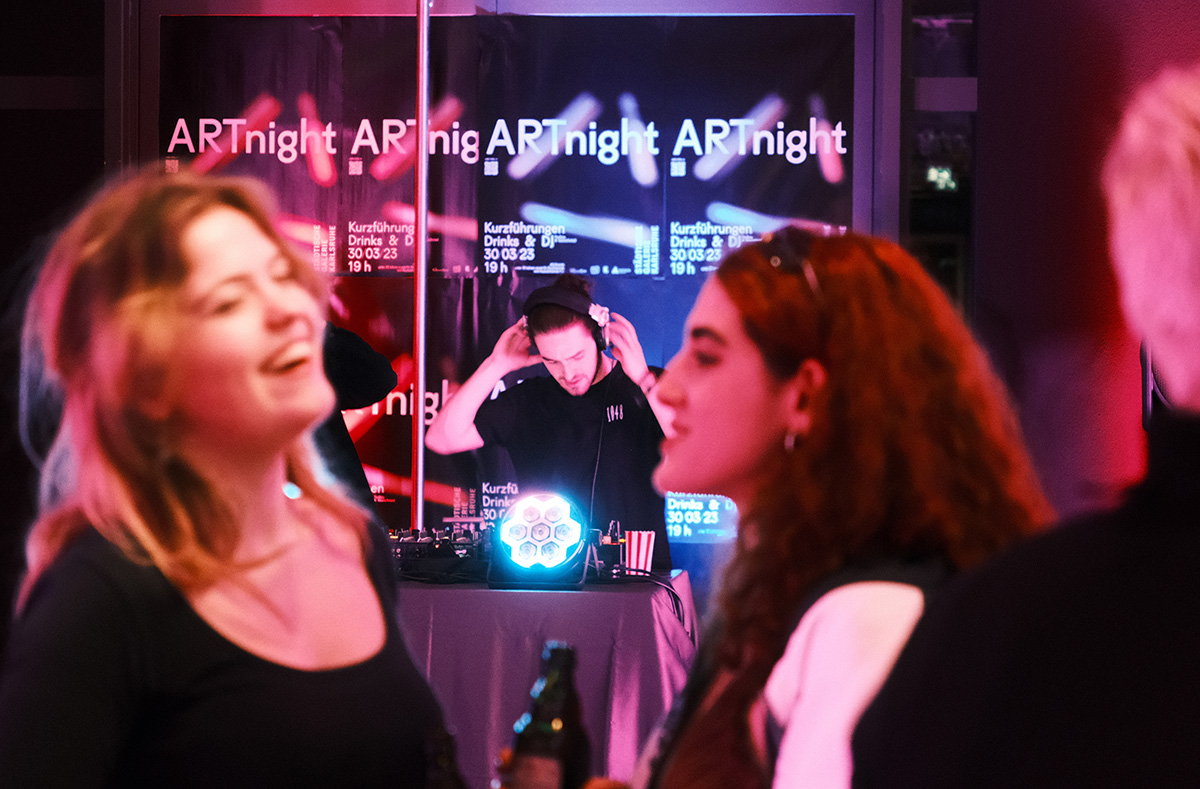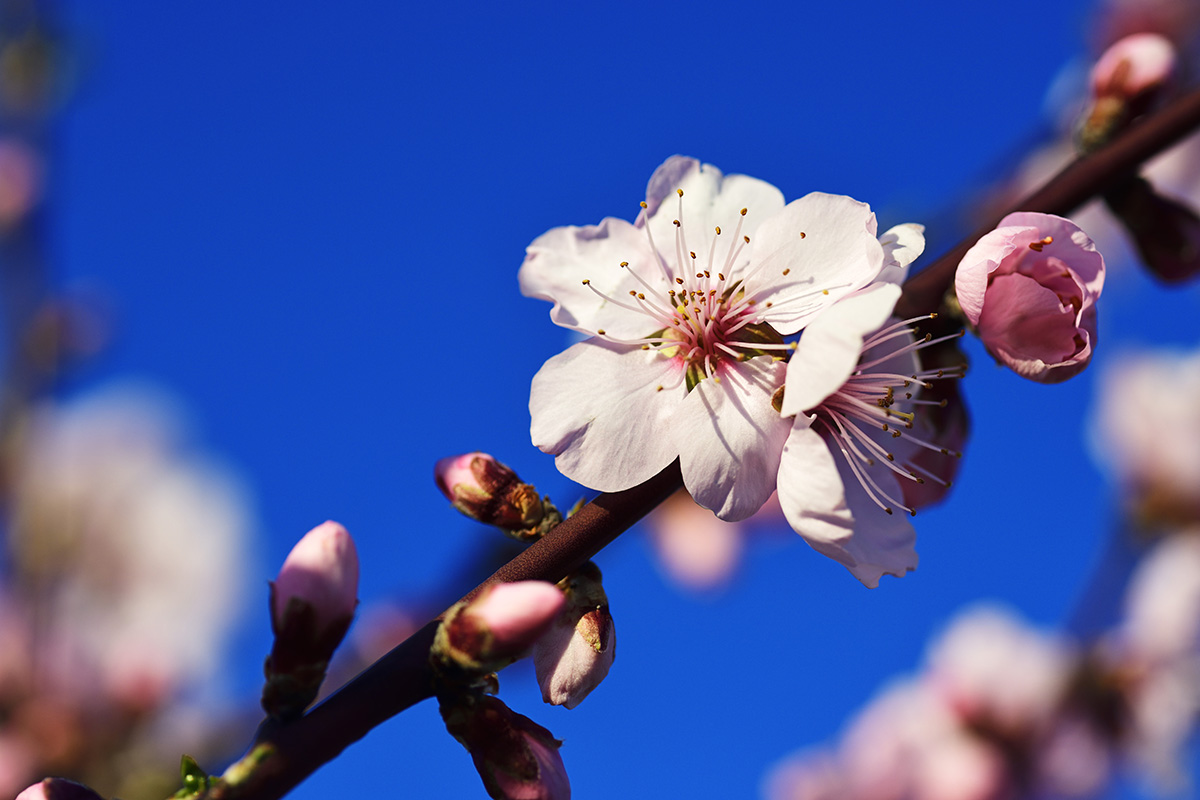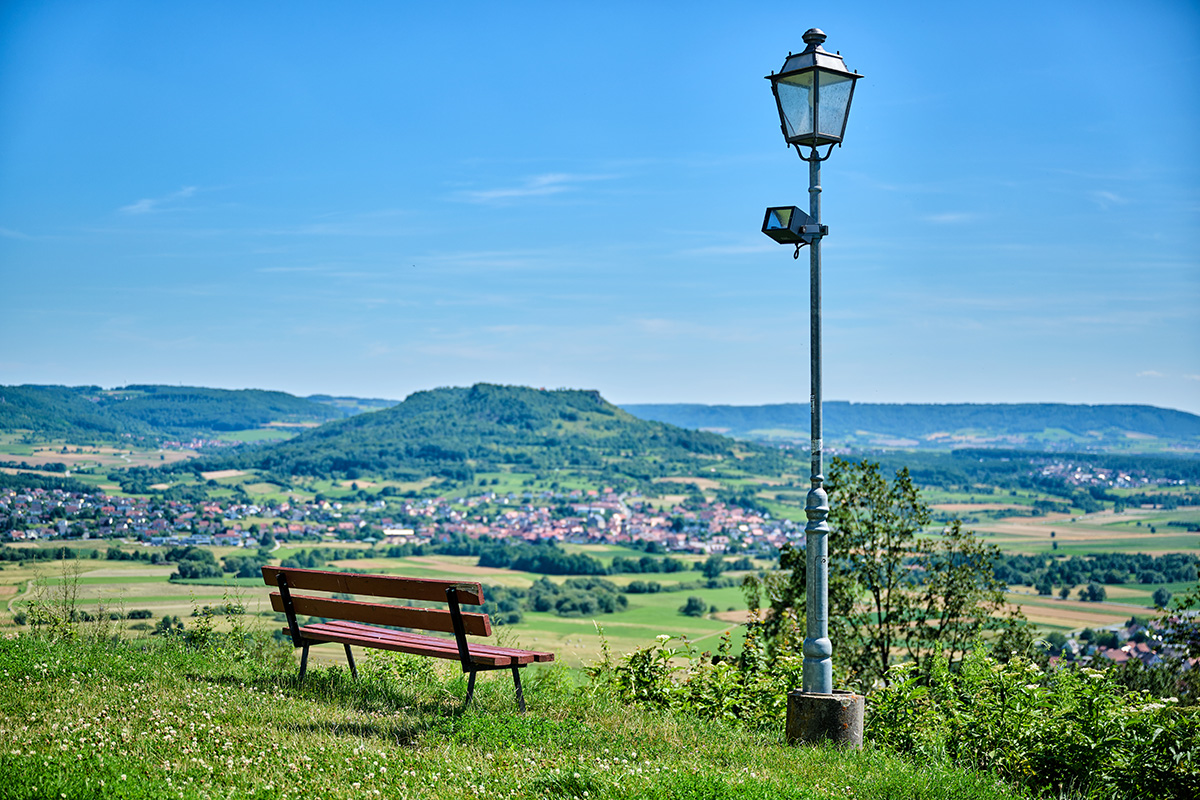Cornelia Brelowski: Cultural Plots
TEXT: CORNELIA BRELOWSKI
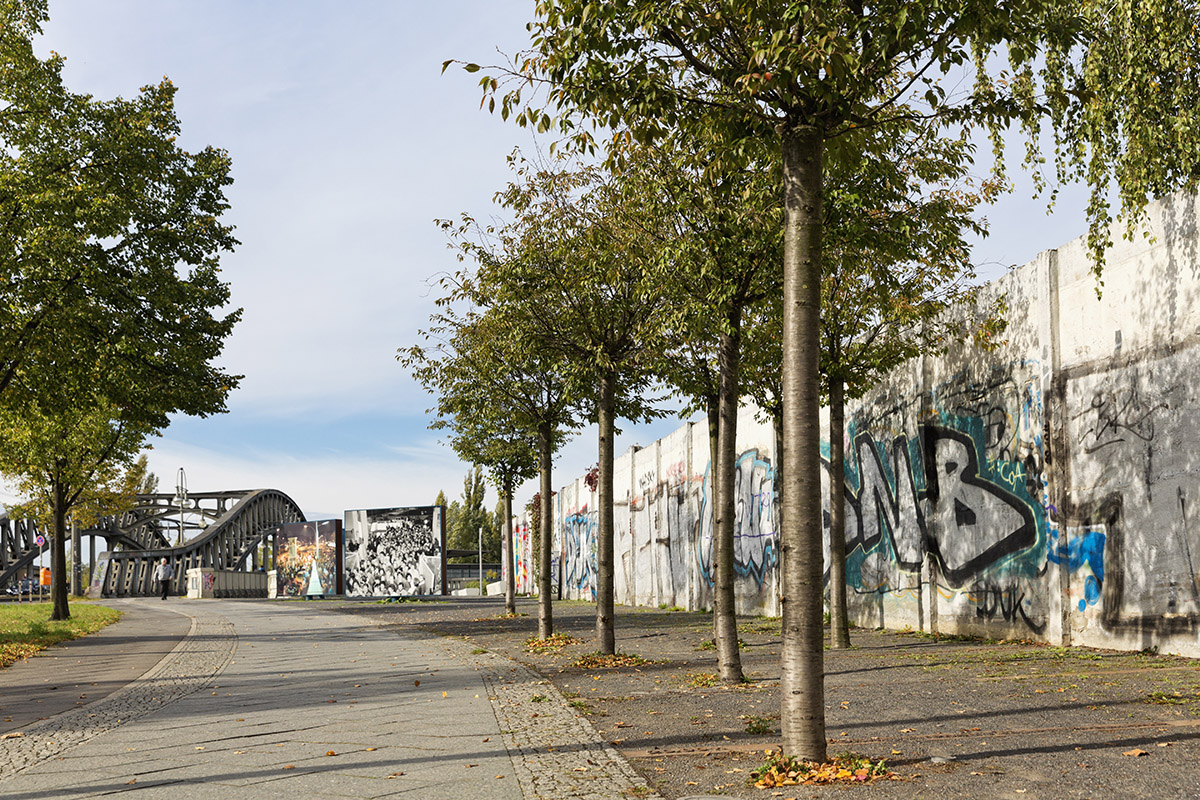
Bösebrücke at former border crossing Bornholmer Straße. © visitBerlin, Photo: Arthur Selbach
Right next to one of the most significant wall memorial sites, an unlikely oasis combines Berlin’s past and present local culture.
During the pandemic years, the daily walk practically became doctor’s orders and for some Berliners, this habit has since grown into a treasured routine. Obvious destinations of course were the big parks and the river Spree embankments. In those parts with little access to green and water however, many Berliners simply started walking allotments and community gardens. It was due to the global glitch of the pandemic that citizens thus stumbled upon a part of local history and culture dating back to prewar times.
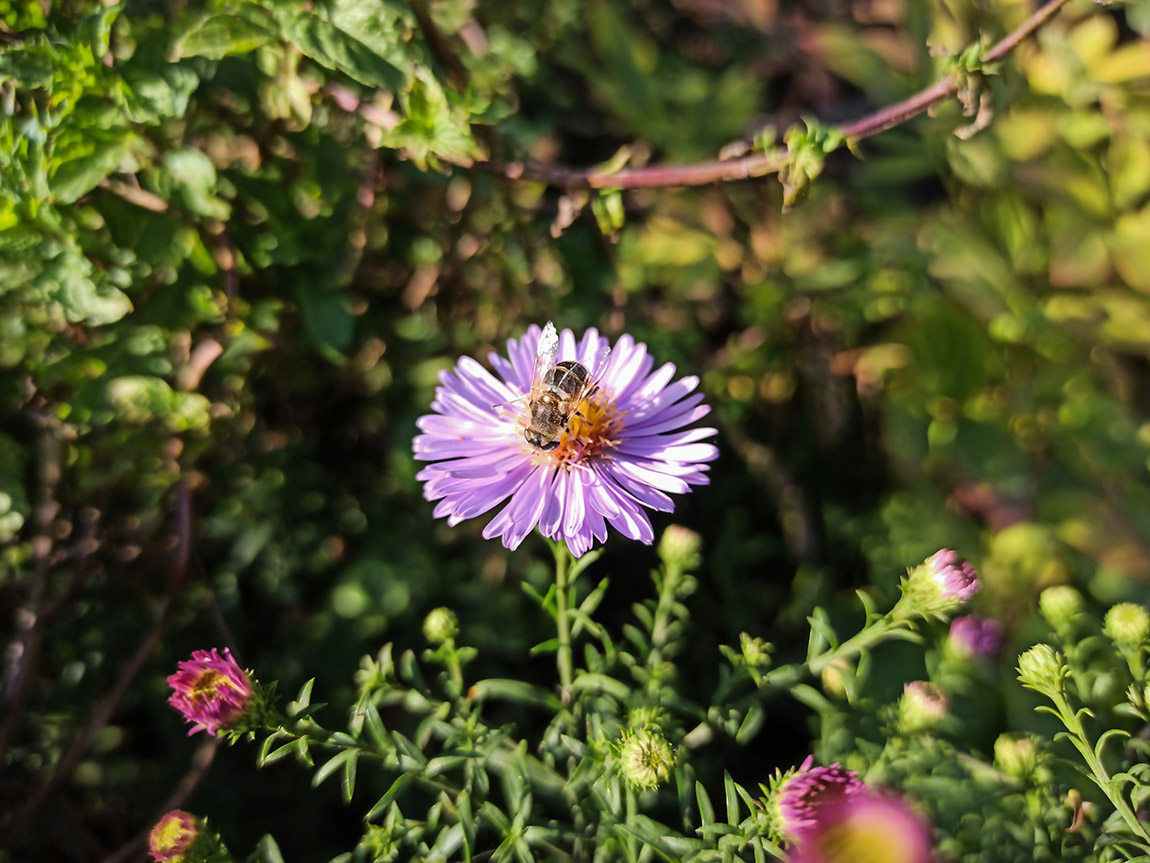
Photo: @aisvri on unsplash
The working Berliner has always been in need of a little patch of green to call their own, as to counterpart say the view from dingy ‘Hinterhaus’ flats onto inner courtyards which, around the 1900s, often consisted of nothing more than an air shaft with garbage cans, the respective noise and smells forming part of the ambience. Beyond the need for greenery and fresh air, the nourishing aspects of a small piece of land grew downright existential in times of depression and war, when a few self-planted potatoes, carrots and cabbages could literally save an entire family. It is said that during WWII, Berliners even moved out of their bombed houses into the little allotment shacks called “Datsche”, a tongue-in-cheek colloquial term derived from the Russian word “dacha”, as in ‘country house’.
Nowadays, under less grim circumstances, the main attraction of the much sought-after plots is the simple luxury of a close-by retreat, where peace, greenery and lush flower beds are enjoyed by residents and visitors alike, while a craft beer at the garden cafe allows for diving head-on into Berlin local culture.
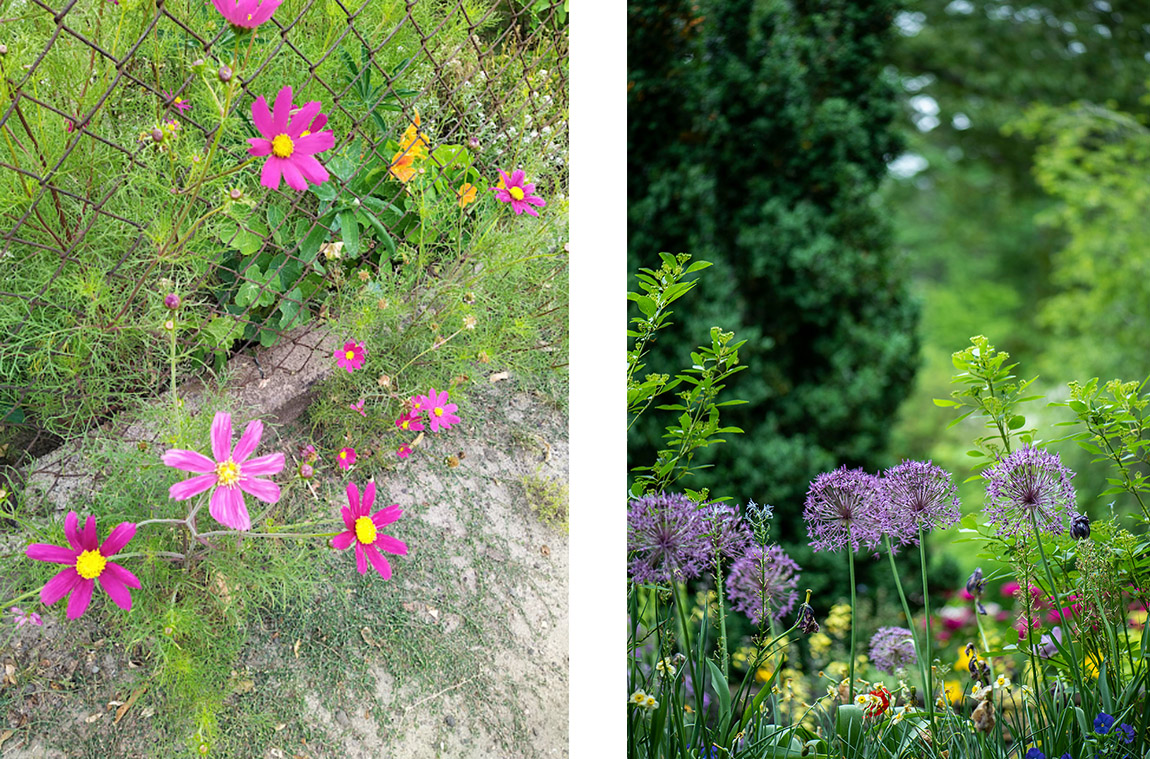
Left: Photo by Cornelia Brelowski. Right: Photo by Erda Estremera on unsplash
The Bornholm gardens I+II are run by a lively community and known to take part in city-wide festivals such as the ‘artspring artwalk’ or the Fête de la Musique. Built on a former landfill in 1896 by wild settlers who were growing vegetables for pure survival, the area is set right by the Bösebrücke at Bornholmer Straße, a site of more recent historical fame: It was right here where the first crowds came pouring in from the East, that night when the wall came down on November 9th in 1989. At this point, the allotments had long suffered a half life marked as “border area” ever since 1961, with multiple restrictions: Garden ladders for example were strictly verboten due to the fact that they could have been used as escape tools for climbing the wall.
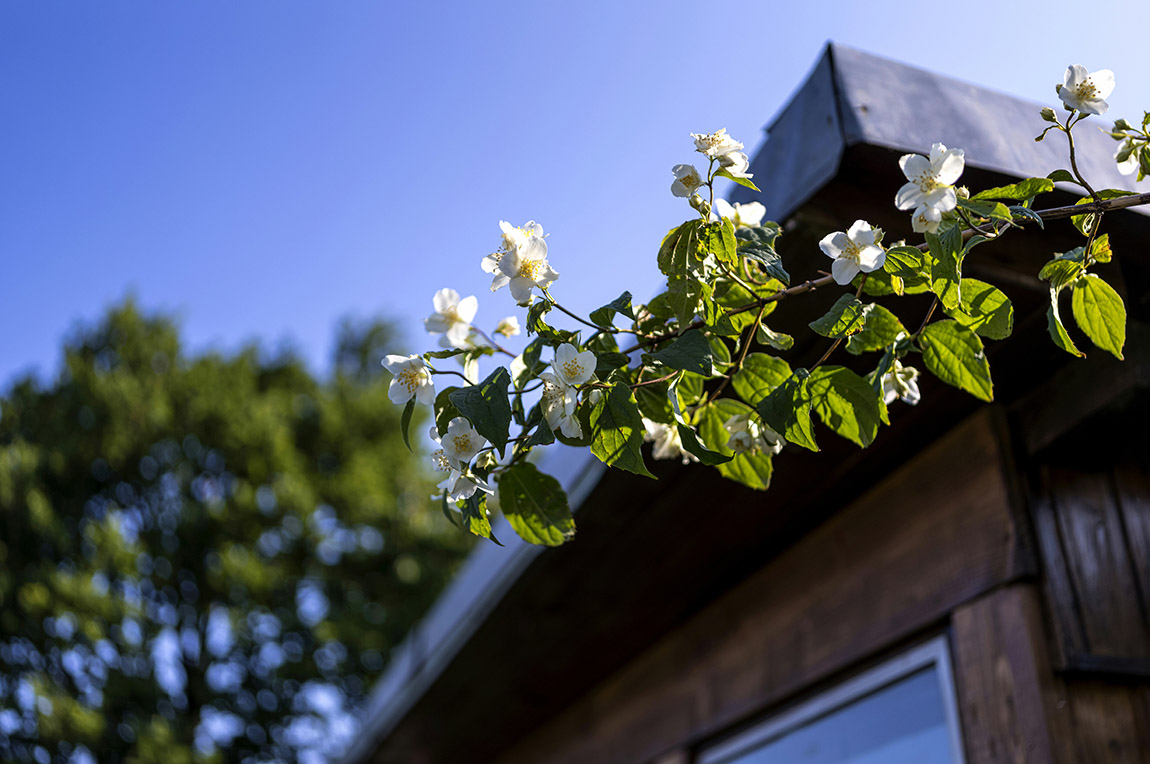
Photo: Dieter K on unsplash
Today, a welcoming and liberal community feeling marks the colourful gardens with their multitude of trees and flowers on lush display. Just like all over the rest of Berlin, there are many bee-friendly projects underway, and even if there is no special event or concert to attend, a stroll through the leafy allotments after visiting the Bornholmer Straße memorial site will leave you both inspired and refreshed. If you happen to come by in September, you may even catch the local harvest festival.
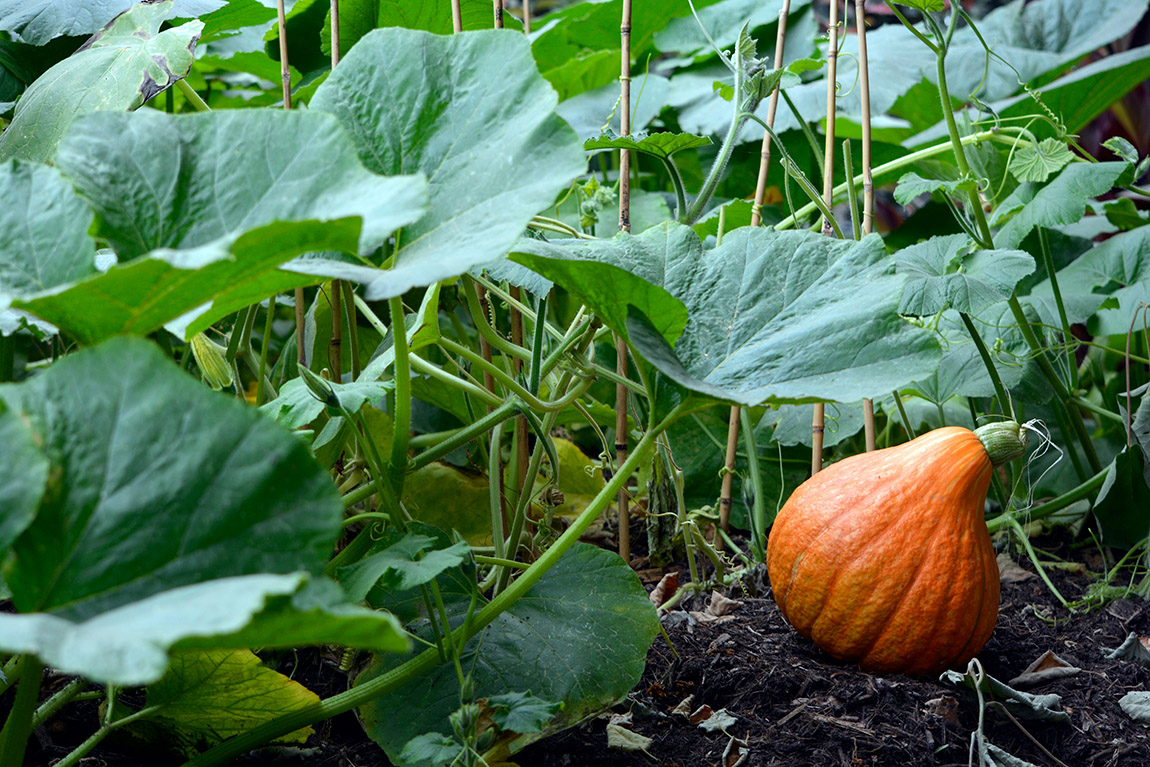
Photo: Steffi Pereira on unsplash
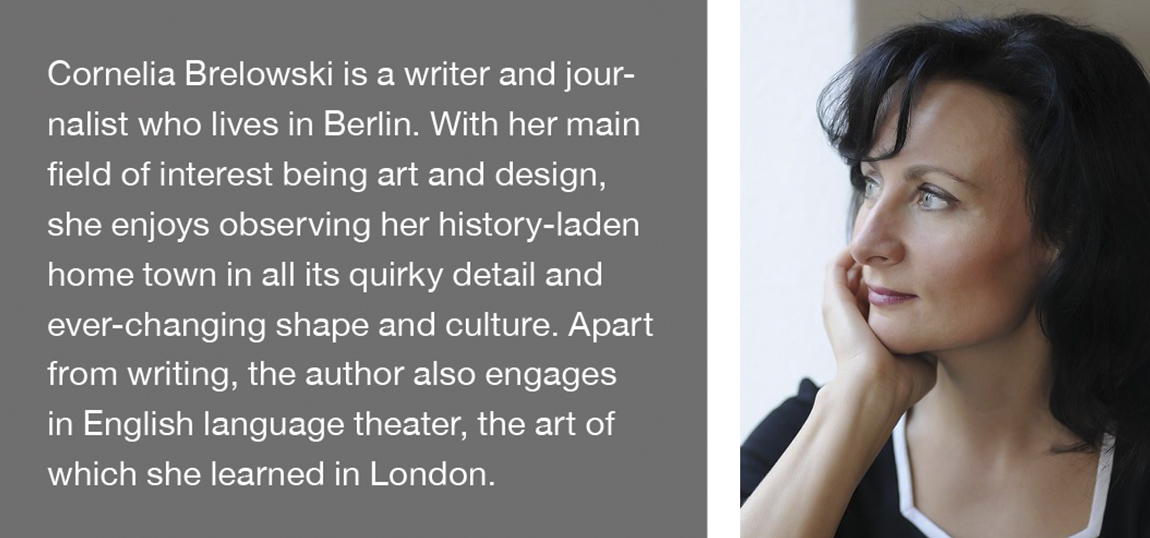
Photo: Coline Mattée
Subscribe to Our Newsletter
Receive our monthly newsletter by email

